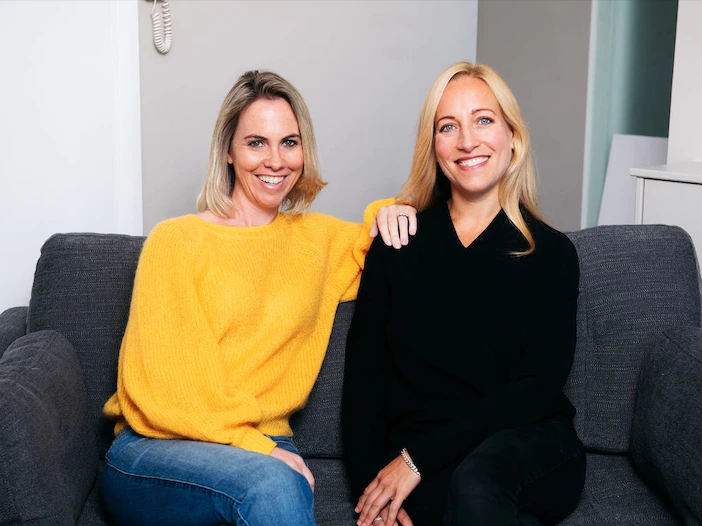Prominent female founders in Europe say they avoided wearing pink and mentioning their kids when pitching to venture capitalists

Annabel Staff/Olio
- Female-founded startups in Europe have received 1.1% of capital invested in 2021 so far, according to Pitchbook.
- Startups cofounded with man received a substantially higher proportion.
- A prominent founder told Insider she avoided wearing pink when pitching to avoid unconscious bias.
When Maria de Freitas sought funding for her AI-powered mental-health startup, uMore, she struggled to book meetings.
Despite previous roles as a Google fellow and as head of growth at Uber’s subsidiary Careem, “all the doors were shut,” she told Insider.
When she did land a meeting, one investor’s response took her aback.
“I can’t remember the exact words, but he was like, ‘You’ve got your sales pitch very refined. I’d like to meet your cofounders to see if this is real’ — as if I was scamming him or something,” she said. “Surely if I have a pitch that’s very refined, that’s a good thing?”
De Freitas raised $120,000 from The Venture City, which backs diverse founders. Her first ticket came from Laura González-Estéfani, Facebook’s former Latin America head of growth.
European startups with at least one female founder have raised €11.7 billion in 2021 so far, 13.2% of total capital, according to Pitchbook. All-female founding teams fared worse, receiving €900 million across 361 deals at all stages, just 1.1% of total capital.
Female founders say it isn’t simply because they are fewer in number. This is the “gender handicap,” said Tessa Clarke, a cofounder of the food-sharing app Olio, which has raised $53.1 million.
Clarke front-loads Olio’s pitch deck with details of her and her cofounder Saasha Celestial-One’s MBAs and other “various seals of approval.” She avoids wearing pink and floral patterns when pitching.
“You just don’t want to do anything to reinforce any conscious or unconscious gender biases,” she said.
Sandrine Zhang Ferron, a cofounder of the vintage-furniture marketplace Vinterior, has raised $16 million to date and taken off-hours meetings with investors despite having a new baby — something she didn’t feel comfortable revealing.
She wants investors to be more mindful, for example using gender-neutral terms like “chairperson” instead of the widely-used “chairman,” or considering founders who may have childcare responsibilities.
There’s a “pale, male, and Yale” problem among investors, said Cat Noone, a cofounder of Stark who’s building accessibility tools for product designers.
“You can’t see what you don’t see. You just can’t,” she said. “If their entire world is circled around this Stanford-and-Berkeley world — that the circle is predominantly men — and you can’t acknowledge that that’s a problem, then that won’t change.”
Katie Palenscar heads Barclays’ and the venture firm Anthemis’ $30 million fund for female founders in the UK and Europe, and doesn’t believe it’s simply a “pipeline problem.” Anthemis looked at hundreds of women-founded fintech companies and made several investments by looking outside traditional networks, Palenscar added.
This intentionality is important, Olio’s Clarke said, because women founders sit outside VCs’ standard “pattern-recognition framework.”
From 2016 to 2020, only 10% of European venture firms had a mixed-gender general-partnership team, Pitchbook reported. When women do call the shots, they’re twice as likely to invest in female founders, the Kauffman Fellows entrepreneurship program found.
By writing more checks to women, Palenscar hopes for a halo effect where those who successfully exit put their own cash into diverse founders.
“Personally, if I’m lucky enough to be in a position to invest, I will 100% be focusing on minority and female founders,” said Ashleigh Bishop, a cofounder of eco-friendly rewards platform Bagboard.
For now, many rely on informal support networks such as WhatsApp groups where women share pitching tips and facilitate warm introductions.
Founders such as Clarke say they want VCs to disclose their gender split at the check-writing level.
“The next entry point that we need to look at and track is how big the round sizes are,” Palenscar added.
Credit: Source link


Comments are closed.